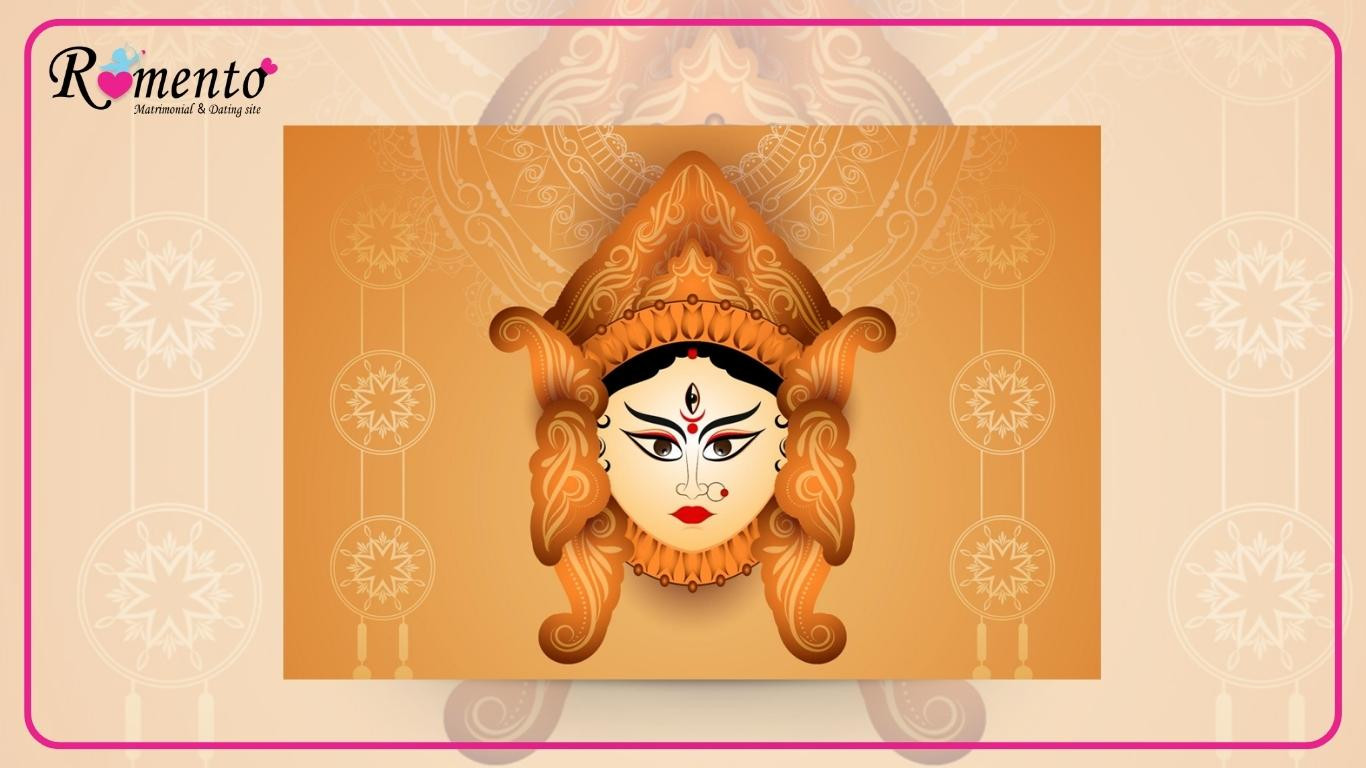
Understanding the Significance of Navratras !!
Discover the rich cultural and spiritual significance of the Navratras in this in-depth guide.
In India, Navratras, also sometimes
written Navratri, is a widely observed Hindu holiday with deep cultural and
spiritual importance. This page explores the many facets of the Navratras,
looking at its historical origins, religious and cultural significance, and
current adaptations.
History
of Navratras
The history of Navratras can be
traced back to ancient Indian traditions. Its roots are deeply embedded in the
reverence of Goddess Durga, who symbolizes divine feminine energy and the
triumph of good over evil. Over the centuries, the festival has evolved,
incorporating various regional customs and practices, making it a truly diverse
and culturally rich celebration.
Religious
Beliefs Associated with Navratras
The main purpose of the Navratras
is to adore Goddess Durga in all nine of her forms. It is thought that the
Goddess bestows gifts and gives her followers the courage to face challenges
throughout these nine days. In order to honor the Goddess and ask for her
supernatural intervention, devotees also follow strict fasting guidelines and
engage in a variety of ceremonies.
The
Science Behind Navratras
Ayurveda, the ancient Indian system
of medicine, suggests that fasting during Navratras helps in detoxifying the
body. It provides a much-needed break to the digestive system and allows it to
rejuvenate.
Cultural
and Festive Celebrations
In India, Navratras are widely
observed with tremendous fervour. The vibrant Garba and Dandiya dances, in
which participants gather to dance while dressed in vibrant traditional garb,
are among the most well-liked features. The lively and melodic festivities
cultivate a feeling of solidarity and togetherness among the attendees.
Seasonal
and Agricultural Connection
Navratras signal the change of
seasons, from summer to autumn. Farmers consider the celebration to be an
auspicious time to plant their crops because of the tremendous significance of
this transformation in agriculture. The event honours the fertility of the
ground and the harvest at a time when nature appears to come to life.
Symbolism
and Spirituality
Navratras are not just for
celebration; they have deeper significance. They represent the victory of good
over evil, when Mahishasura, the demon, is slain by the goddess Durga. In
addition, while people work to conquer their inner obstacles and demons,
Navratras offers a chance for introspection and personal development.
Conclusion
Navratras are a celebration of
culture, spirituality, and unity rather than merely being a religious holiday.
Millions of people still have a particular place in their hearts for Navratras
because of their rich history and constantly changing nature. This event
transcends space and time, symbolising the triumph of good over evil and the
promise of fresh starts.
FAQs
1.
What are the main rituals associated with Navratras?
Navratras involve fasting, worship
of Goddess Durga, and cultural celebrations such as Garba and Dandiya dances.
2.
How long do Navratras last?
Navratras span nine days, typically
falling in the autumn months.
3.
Are Navratras celebrated only in India?
No, Navratras are celebrated by
Indian communities worldwide, transcending geographical boundaries.
4.
What is the significance of the nine forms of Goddess Durga during the
Navratras?
Each form of Goddess Durga
represents a unique divine attribute and blessing for her devotees.
5.
How can one celebrate Navratras in an eco-friendly manner?
Eco-friendly Navratra celebrations
involve reducing waste, conserving resources, and minimizing the carbon
footprint, such as by using clay idols and avoiding plastic decorations.
